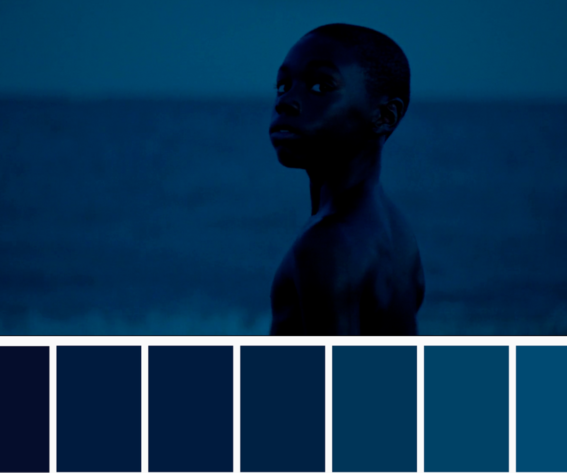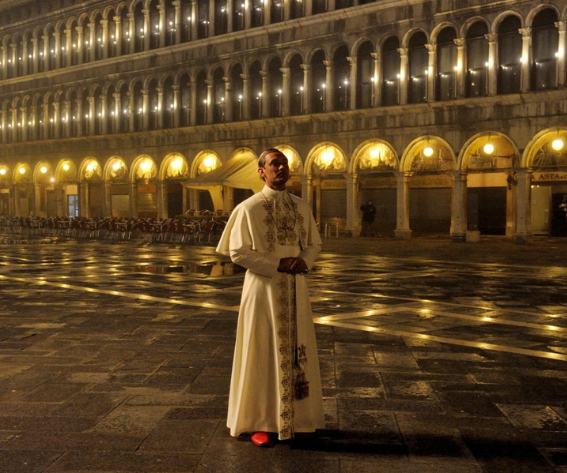The art of cinema is a symphony of storytelling elements, with color playing a vital role in this visual medium. Color in films is more than just a visual aesthetic; it’s a powerful tool that filmmakers use to convey themes, set moods, and define characters. The significance of color in cinema is profound, often operating on a subconscious level to influence audience emotions and perceptions.
This concept of cinematic color can be creatively explored through coloring pages, offering a unique way for film enthusiasts to interact with their favorite movies.
The Role of Color in Cinema
In the world of filmmaking, color palettes are meticulously chosen to enhance storytelling. Each color scheme serves a specific purpose, contributing to the film’s overall impact.
- Monochromatic Color Scheme: This approach involves using a single color in various shades and tones. A classic example is “The Matrix,” where a green tint pervades the entire film, creating a distinctive, otherworldly atmosphere that aligns with its virtual reality theme.
- Analogous Color Scheme: Here, colors adjacent on the color wheel are used to create a harmonious and cohesive look. “Moonlight” masterfully uses purples and blues to evoke a sense of introspection and depth, reflecting the protagonist’s emotional journey.
- Complementary Color Scheme: This scheme involves colors opposite each other on the color wheel, creating a high contrast and vibrant look. “The Dark Knight” uses this approach to juxtapose Batman’s dark tones against the Joker’s bright, chaotic colors, symbolizing their conflicting ideologies.
- Discordant Color Scheme: Sometimes, filmmakers deliberately use colors that clash to draw attention or signify something crucial. “Schindler’s List” employs this with the iconic girl in the red coat amidst a black and white backdrop, highlighting her symbolic importance in a stark, haunting manner.
Each of these color schemes in cinema plays a critical role in shaping the viewer’s experience, making the visual narrative as compelling as the story itself. By translating these color palettes into coloring pages, individuals can engage with these cinematic elements in a personal and interactive way, deepening their appreciation of the artistry behind their favorite films.
Coloring Pages – Bringing Scenes to Life
There is a unique and interactive way for film enthusiasts to engage with their favorite movies through coloring pages. These pages, based on iconic film scenes, provide a canvas for fans to immerse themselves in the world of cinema from a creator’s perspective. Transforming these memorable film scenes into coloring pages involves a meticulous process. It starts with the careful selection of scenes that not only are visually striking but also capture the essence of the film.
The vibrant and diverse color palettes seen in movies are then translated into black-and-white outlines. This transformation strips the scenes of their original color, presenting them as a blank slate for coloring enthusiasts.
Creative Expression and Interpretation
The act of coloring these film scenes encourages a unique form of creative expression and interpretation. As individuals apply colors to the pages, they engage in an artistic process, making decisions about hues, contrasts, and shading. This activity is not only a therapeutic exercise in creativity but also an educational journey into the realm of film aesthetics and storytelling. Through coloring, enthusiasts can explore the emotional impact of different color schemes. For instance, coloring a high-tension scene with a cool palette might change its mood, or using unexpected colors in a familiar scene can alter its narrative tone. This process deepens the understanding of how color influences film narrative and character portrayal.
Coloring also enables a personal connection to the film. By choosing their colors, individuals form a deeper bond with the story and characters, experiencing the movie in a way that is uniquely their own. It’s a journey of exploration, where the lines between viewer and creator blur, allowing a deeper appreciation of the art of filmmaking. Coloring these film scenes is not just about filling in the blanks; it’s an opportunity to reinterpret and rediscover beloved movies through the lens of color, enhancing the appreciation of cinematic art in a fun and engaging way.
The Impact of Coloring on Film Appreciation
Coloring film scenes, like those available on Pupla.com, offers a unique avenue for enhancing viewers’ appreciation of a film’s visual language and the director’s vision. By engaging in this activity, individuals gain a more profound understanding of how color shapes a film’s narrative, mood, and character development. It opens a window to the meticulous planning and artistic choices that go into filmmaking. The educational value of this exercise extends to a deeper understanding of film theory, particularly in the use of color. It allows enthusiasts and students alike to explore concepts like color symbolism, thematic expression through hues, and the psychological impact of color choices in film. This hands-on approach to learning makes the theoretical aspects of film studies more tangible and relatable.
Final Remarks
The interconnectedness of film color palettes and coloring activities represents a harmonious blend of viewing and creation. This fusion allows movie lovers to step into the shoes of filmmakers, offering a deeper appreciation of the complexities and nuances of cinematic storytelling. The act of coloring transforms passive viewers into active participants, fostering a deeper connection with the film. This process not only enhances the appreciation of the artistry behind beloved films but also promotes a more engaged and informed film audience.
As individuals experiment with different colors and shades, they embark on a journey that goes beyond mere entertainment, delving into the realms of creativity, interpretation, and education. Coloring film scenes is a celebration of cinema, allowing fans to experience and appreciate the magic of movies in a whole new light.









Leave a reply